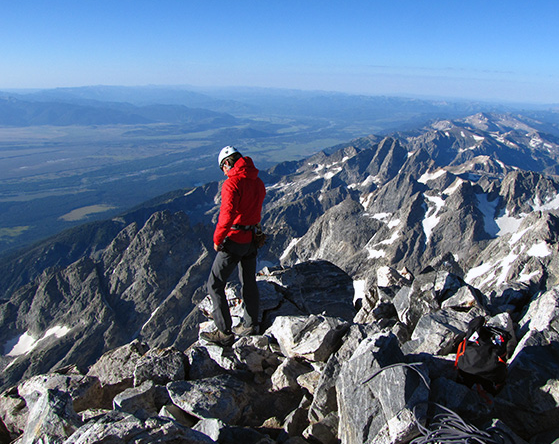
By Jordan Smothermon
One of the primary training fundamentals we employ is to train inside to perform outside. Use the efficiency of the gym to prepare for outside objectives.
This idea is critical to our paradigm that gym-based training is a means to an end, not an end in itself. Gym numbers only matter if they correlate to an increase in outdoor performance.
With that in mind, it’s worth remarking on the sea change of fitness that’s occurred in America over the last decade or so. No more are the days of long early morning jogs and celebrity exercise videos. Now, it’s high intensity, circuit-driven barbell work. And by and large, we’re better for it.
It’s possible that more people are interested in barbell training – perhaps the most effective training tool ever invented – than what has been seen before in this country. People are driven to achieve more in gyms: lift heavier weights, do circuits faster, compete with their training partners harder.
Gyms are the place you go to expend your energy efficiently. And it makes sense: so many of us work difficult white collar jobs for long hours in urban centers. It’s easy to go to the gym and scratch the fitness itch. Good gyms with solid training programs and great community can be found easily.
We control every variable of our training, so we see ourselves become stronger, feel our ability to move faster. Improvements in a gym are empirical, quantifiable.
Yet something is lost in that drive to improve gym numbers as we substitute outdoor time for gym time.
As gyms become more and more a proxy for the outdoors, it’s easy to lose sight on the importance of simply getting outside, of using fitness for something other than seeing a further increase in gym numbers.
It’s also imaginable to see the pursuit of gym numbers as a terrible master in driving fitness. If we rely on the improvement of gym numbers, then static numbers suggest static fitness.
And for all of the increase in gym numbers, or for all of the struggle to see them improve, we can become unduly bound to them. Where the desire to see them increase swallows everything that makes training great: the fun, the challenge, the variety, the release, and most importantly, the utility of it.
The utility of fitness is its application outside. In the real and challenging world of striving in the outdoors, what good does a 350 pound front squat do if an athlete fatigues at hour four of an eight hour day? How ready is an athlete if they can’t handle a 10 mile hump over challenging terrain? What asset is an athlete to a group if they can’t carry out an injured buddy from a distant point?
These are tough questions to ask because they seem far away from what we may imagine ourselves confronting, and sure, they may be improbable. But they are also not impossible.
Because what if that eight hour day means you climb the Grand Teton or one of Colorado’s many 14 footers in a single day? What if that 10 mile hump is a backpacking trip with an old friend over a long weekend. What if the injured buddy is really an event in an adventure race you’ve seen and always wanted to do?
These outdoor uses of fitness, these experiences, are far more rewarding and tangible than gym numbers, which is to suggest that gym achievements are memorable to have, but not to experience. You can remember that you PR’ed, but you’ve probably forgotten the details. Outdoor experiences are memorable to both have and experience. The details are easy to recollect.
This is the importance of getting outdoors: to test your fitness, to garner an experience, to create a memory.
You don’t have to do it all the time, and you don’t have to stop tracking and assessing yourself in the gym. These are the fuel for every good training regiment.
But at least occasionally it’s important to go outside in order to be reminded of what it is to be in a place where you can’t control every variable and then overcome them regardless. It’s easier said than done.
Go run on a trail. Even the fastest track athlete will be humbled by the undulating, uneven ground of backcountry singletrack.
Hike straight up the fall line of a tall hill. Nothing trains like vertical. Your lungs will be gasping, your calves and low back will be filled with battery acid.
Pick up or drag a heavy log to your campsite to use as a backrest. The awkward, inconvenient shape will show you what it means to be strong.
It’s liberating to get away from the gym and into the outdoors. It’s refreshing, uncomplicated, and endlessly challenging. It frees athletes from the numbers and brings to the forefront the very essence of training.
You Might Also Like Why You Shouldn’t Train Sport-Specifically All the Time
